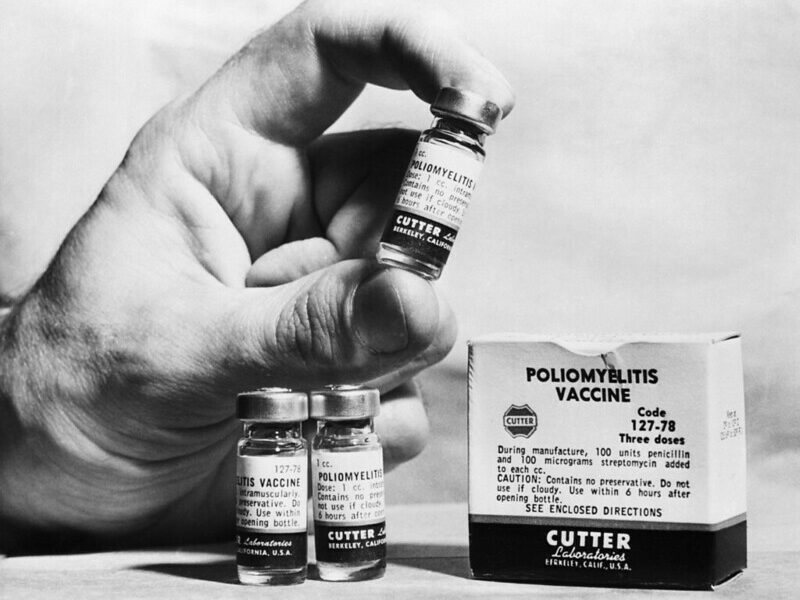Initial outcomes from a Phase-III trial conducted for a malaria vaccine shows promising results. The vaccine, RTS,S reduced the risk of developing life-threatening malaria by nearly 50 percent.
"These data bring us to the cusp of having the world's first malaria vaccine, which has the potential to significantly improve the outlook for children living in malaria endemic regions across Africa,” said Andrew Witty, CEO of GlaxoSmithKline, one of the organizations involved in the development of the vaccine.
Additional partners in the vaccine’s development include PATH Malaria Vaccine Initiative and several prominent African research centers, with funding provided by the Bill and Melinda Gates Foundation.
Malaria causes 800,000 deaths a year, a majority of which are children under five years of age from sub-Saharan Africa. The trial, conducted in 11 sites across seven countries in Africa, focused on this vulnerable group by enrolling more than 15,000 children.
The report published in the New England Journal of Medicine (NEJM) on Tuesday, Oct. 18 reveals optimistic data for both clinical and severe malaria.
Clinical or uncomplicated malaria is characterized by high fevers and chills. Severe malaria occurs when infection is accompanied by organ failure or abnormalities in the blood or metabolism. Severe malaria is life threatening and difficult to treat.
Data shows that out of 6,000 children between five and 17 months, 47 percent are protected against severe malaria and 56 percent are protected against clinical malaria after three doses of the vaccine. Results for infants between six and 12 weeks will follow by the end of 2012.
"The publication of the first results in children aged 5 to 17 months marks an important milestone in the development of RTS,S,” principal investigator Tsiri Agbenyega said, “these results confirm findings from previous Phase II studies and support ongoing efforts to advance the development of this malaria vaccine candidate.”
The vaccine has been given an acceptable safety and tolerability profile, although recipients of RTS,S did show higher rates of serious adverse outcomes (SAEs) for specific events, such as seizures and meningitis, although neither are considered vaccine-related. Further information on safety should become available over the next three years. Additionally, the long-term protective effects, measured 30 months after the third dose, should be available by the end of 2014.
A WHO policy recommendation for use of the vaccine may be possible as early as 2015, providing all public health information from the trial is evaluated as satisfactory. However, the new vaccine should be an addition to, not a replacement for, already existing prevention interventions, such as insecticide-treated bed nets and anti-malarial medicines. This integrated approach could potentially mitigate millions of cases of this devastating disease.
For more information regarding malaria vaccines, please refer to Questions and Answers on Malaria Vaccines
